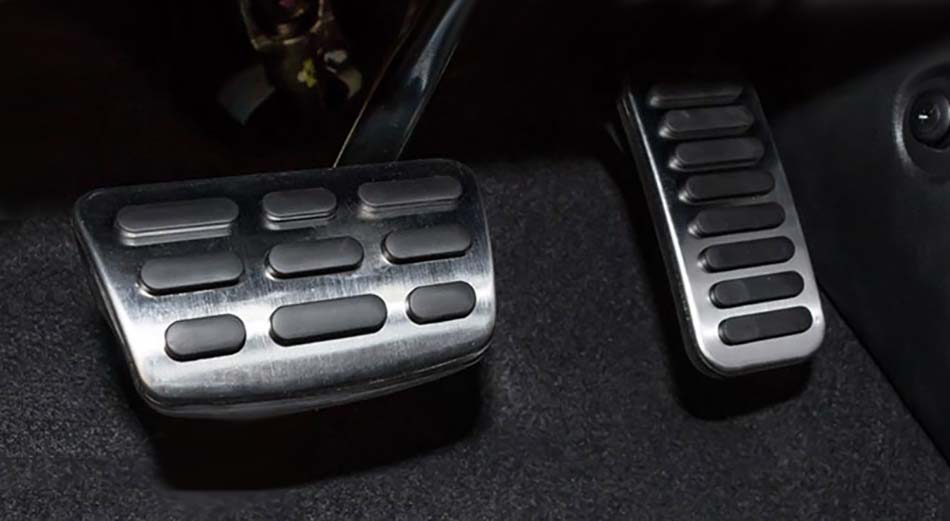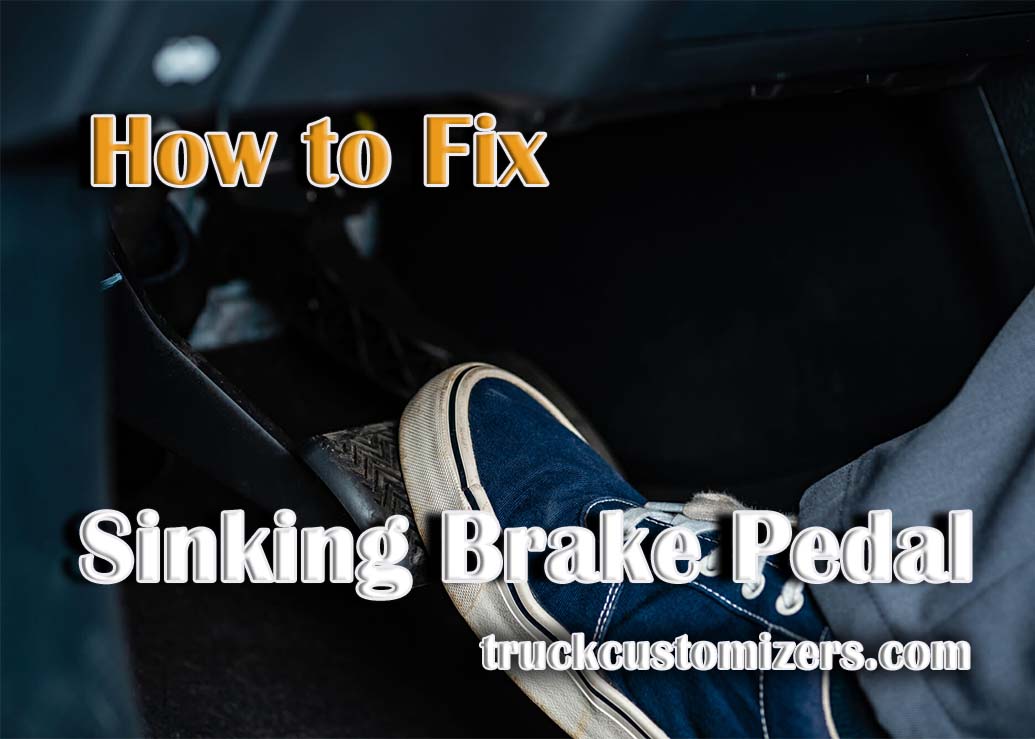Common Causes of a Sinking Brake Pedal
A sinking brake pedal is a problem that plagues many vehicle owners. When the brake pedal begins to sink to the floor, it is an indication that there is an issue with your brakes. Common causes of a sinking brake pedal include:
-
Low or contaminated brake fluid: If your vehicle’s brake fluid has low levels or is contaminated, then it can cause air bubbles in the system which can lead to a sinking brake pedal.
-
Worn or damaged brake pads: If your vehicle’s brakes are worn down, then it can put extra pressure on the master cylinder and cause the brakes to work harder than usual leading to a soft feeling when pressing down on the pedal.
-
Leaking master cylinder: A leaking master cylinder can cause air bubbles in the system, leading to a soft feeling when pressing down on the pedal and ultimately causing it to sink towards the floorboard of your car.
Diagnosing The Problem
Once you’ve identified one of these common causes as being responsible for your sinking brake pedal, you will need to diagnose what specific component of your braking system is causing the issue. To do this, you will need to check for any visible signs of damage or wear and tear on the brake pads, master cylinder, and brake lines. You should also inspect the brake fluid levels and condition to see if it needs to be topped off or replaced with new fluid.
Replacing The Master Cylinder
If your diagnosis finds that the master cylinder is causing your sinking brake pedal, then you will need to replace it with a new one. To do this, you will first need to loosen the nuts that hold down the master cylinder in place. Then remove all of the old parts and clean up any mess made during removal before installing a new master cylinder in its place. Be sure to tighten all of the nuts securely after installation is complete before moving on to bleed your brakes (see below).

Bleeding The Brakes
After replacing a faulty master cylinder it’s important that you bleed your brakes so that air bubbles can be released from the system and ensure good braking performance from your vehicle again. To do this, start by opening up each individual wheel’s bleeder valve using an open-ended wrench – make sure each valve remains open until all of the air bubbles have been released. Once this is done, close all of the valves and fill up the master cylinder with fresh brake fluid before bleeding each individual wheel again.
Common Questions about Fixing a Sinking Brake Pedal
Can I fix a sinking brake pedal myself?
Yes! By following the steps outlined above, you can easily fix a sinking brake pedal yourself in just a few simple steps.
How often should I check my brake fluid levels?
It’s recommended that you check your vehicle’s brake fluid levels at least every 6 months or 12,000 miles. This will help ensure that the brake fluid remains full and clean, which can help to prevent a sinking brake pedal.



